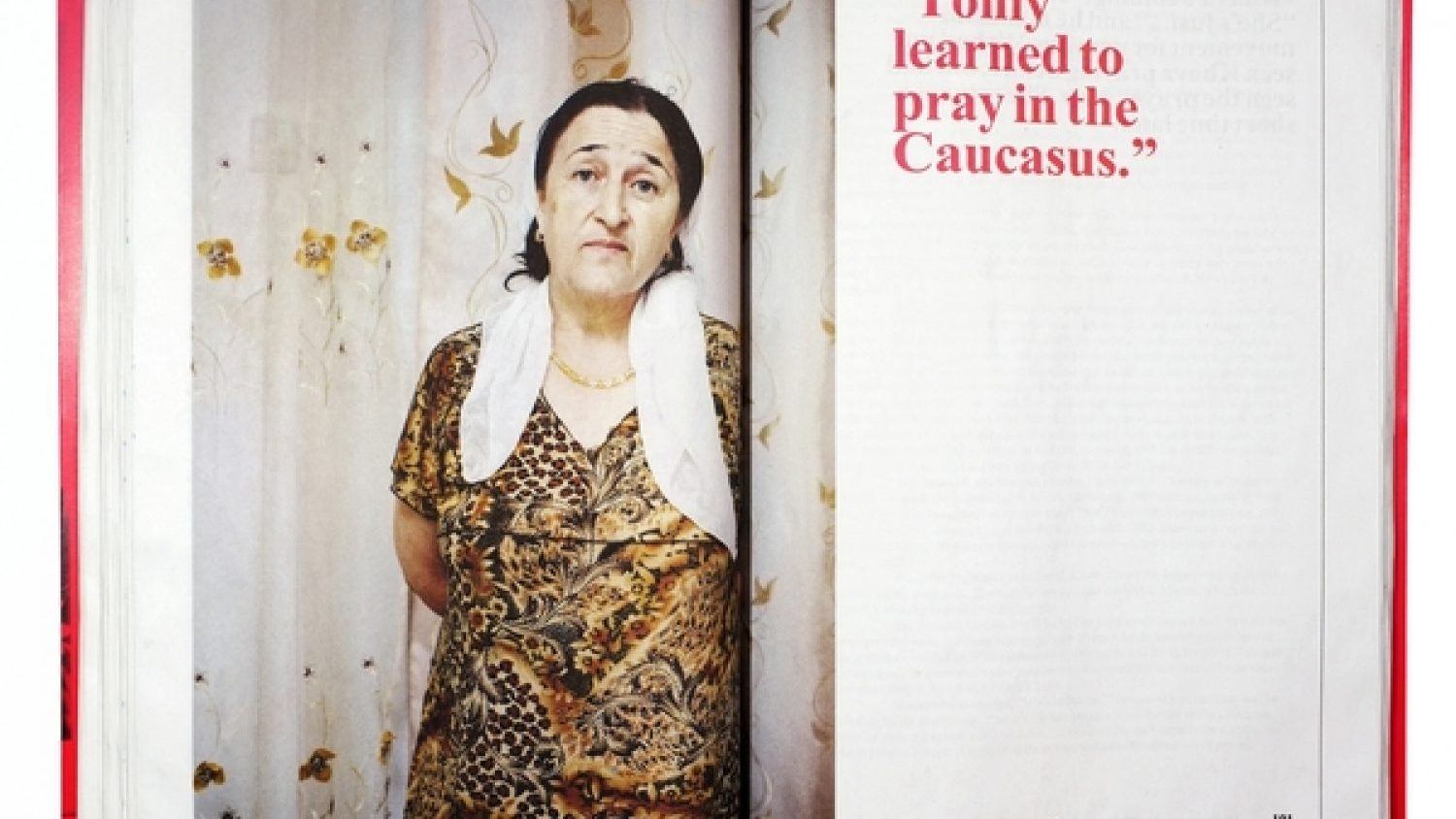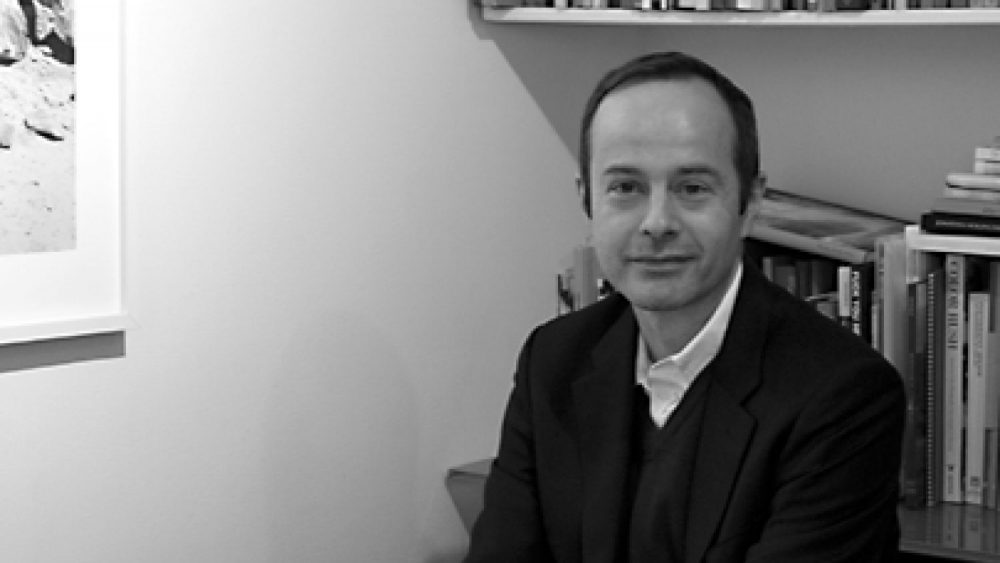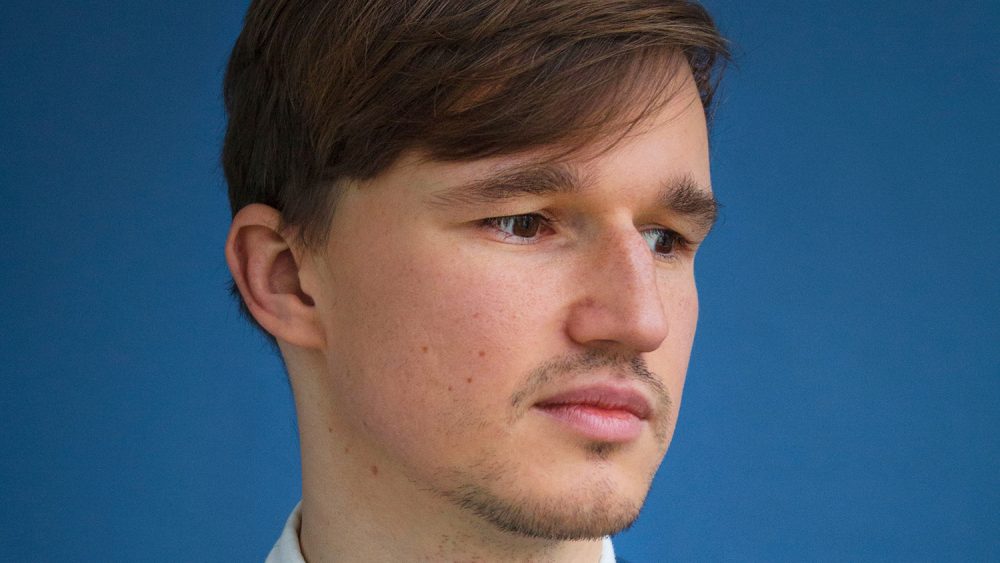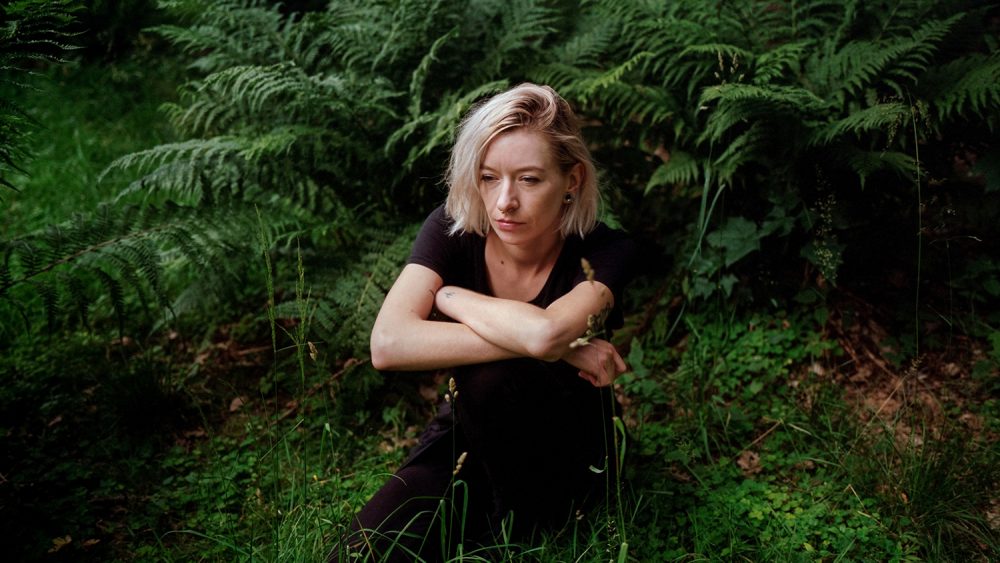The Sochi Project reveals the other side of the Caucasus
During the Soviet Times, millions of tourists went to Sochi every year. Next year Russia is organising the winter Olympic Games, the biggest event in the North Caucasus since the collapse of the Soviet Union. The selection of Sochi as the host city for the Winter Olympic Games raised widespread discussions because of the violent and unsolved conflicts in the region.
Believing in the independent documentary journalism, photographer Rob Hornstra (1975) and writer/filmmaker Arnold van Bruggen (1979) started The Sochi Project and since 2009 have crisscrossed the republics of the Caucasus Mountains in South Russia in order to collect material, observe changes and face the challenges of integration, ethnicity and conflicts. It is a long-term slow-journalism project that combines documentary photography, film and reportage. As history seems to be one of the most politicized subjects in Caucasus, all of their journalistic activities are under the watch of Russian authorities.

The Project is in its fifth year, close to the finish line. It still could raise a question, how independent journalism can succeed as a long-term project? As Dutch newspapers and magazines were unable to organise a project of this scale, Hornstra and van Bruggen did it their own way with crowd funding and that worked. The Project got worldwide attention and even got rewarded with the Canon Price for innovative journalism.

During the project authors have focused on slightly different aspects of the region. The first publication Sanatorium is about changes in Soviet-era recreation traditions. In Empty Land, Promised Land, Forbidden Land they explore the unknown country Abkhazia. On The Other Side Of The Mountains is a story about Krasny Vostok, a village with one foot in the 19th century, still partially without gas and electricity. Another story Life Here is Serious is about wrestling – national sport of the North Caucasus. The story Sochi Singers in 2012 won the World Press Photo Award in the category of arts and entertainment.
The most recent publication seems to be different, deeper and more personal and for the first time the story has a protagonist. For The Secret History of Khava Gaisanova & The North Caucasus authors use a personal story as a storyline for a book. Hornstra and van Bruggen follow the history of the North Caucasus through the life story of a woman – Khava Gaisanova.

Hornstra and van Bruggen were looking for someone being symbolic for the region. Khava lives and works in the Chermen at the heart of the North Caucasus, in the territory that is closed for foreigners. During the Soviet times Khava’s family was deported to Kazakhstan. Khava has witnessed a series of wars, harmful conquests and terrorist attacks. In 2007 her husband disappeared, like many other men in the North Caucasus he has been lost without a trace. These tragic events make her personally reflective to the events happening in the North Caucasus.
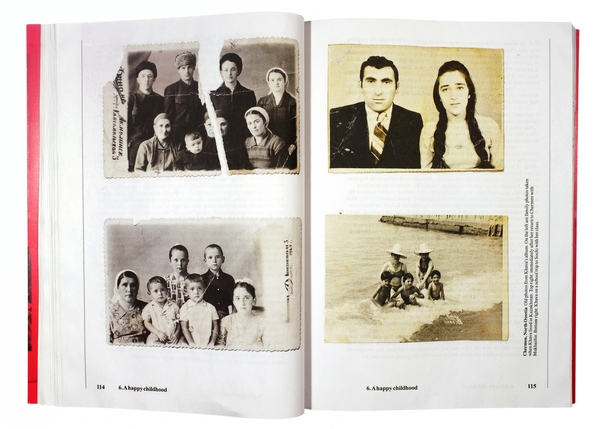
I asked a few questions to photographer Rob Hornstra.
The project itself – is it more your social responsibility or photographer’s ambition?
I do not care so much about photography. For me it is a tool to tell stories. I can also use film or write stories. But I care about documentaries, about stories, which show things from different perspective or question prejudices.
You decided to make the book about Khava, but how did you convince her to trust you and share her story with you?
From our sketchbook Khava and her family, summer 2012:
“We have travelled extensively in the North Caucasus and spoken to hundreds of people. We have devoured countless books on the local history and printed out stacks of articles from blogs and newspapers. We have carefully written down what we want to say about the North Caucasus and what we think this region is about. We want to tell a history of the North Caucasus which brings together all these themes and experiences, but which is driven by a single narrative. And, Khava Gaisanova, that is your story and the story of your family: of your husband who disappeared in broad daylight and joined the grim list of missing people in the region; of your relatives who were deported to Kazakhstan by Stalin and Co; of your family who became embroiled in one of the numerous civil wars in the early 1990s and once – long ago – came down from the mountains to lead a more modern life among the Russians. Your family history is so beautifully but tragically representative of the whole rotten North Caucasus.”
We told her that – and luckily she said yes.
Last year you got arrested while visiting Chermen, this year you didn’t get a permission to visit Khava. Why do you think Russian authorities monitor your journalistic activities?
Well, the North Caucasus is very close to the Olympic Games and almost all stories from the North Caucasus are negative stories. Human Right violations, corruption, murdering, bomb attacks, etc, etc. So, to me it seems quite clear why they try to prevent a journalist from working there. As part of the organizing of the Olympic Games, Russian authorities promised to develop the North Caucasus by developing ski resorts in all republics and start tourism industry all over the North Caucasus. We tried to visit one of these resorts in Ingushetia this year but did not get permission from the Russian Federal Security Service as it is too dangerous to visit this area. I guess actually nothing is developed there, but who cares about it. Not the Russian authorities, not The International Olympic Committee.

Crowd funding is not the only means to support project activities. The recent publication about Khava was followed by donations to support Khava’s new shop. In two weeks people from all over the world donated enough money to help her with the basic equipment for her shop. What is the key element to get people attention and donation for your ideas?
Trust. As well for our own projects as for the donations to Khava, people have to trust us and be sure that what they donate will be invested in the right way. So if people know us, they know we do invest every penny in the project (or in case of Khava, they know that we will take care of the money and that it is well spent). The question with crowd funding is: How can you increase the group of people around you that trust you?
As you are an expert in self-publishing, what would be your advice or tips for those young photographers who plan to self-publish?
There are many tips. Collaborate with other people (e.g., designers), think big, take care of marketing and promotion and make it easy for people to buy the book online.
The Secret History of Khava Gaisanova & The North Caucasus, as well as all the previous books were self-published, whereas the final book, The Sochi Project: An Atlas of War and Tourism, will be published by Aperture and presented in the autumn 2013 during the first major project retrospective at the FoMu Antwerp. A second exhibition will be held in Winzavod Museum for Contemporary Art in Moscow.
You can follow the project on The Sochi Project Facebook page
